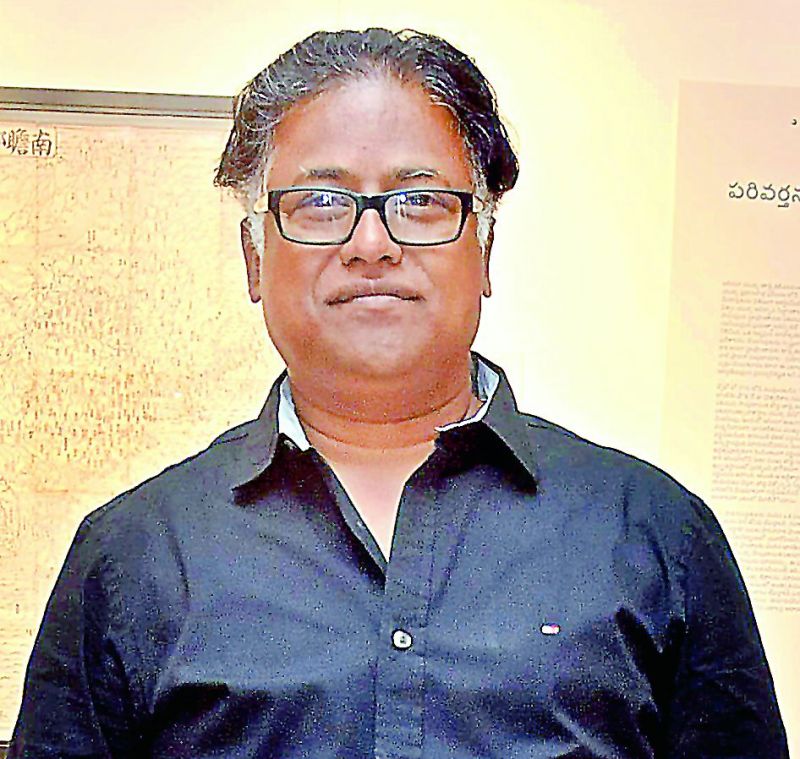A rustic reverie
Inspired by the art forms of Telangana, Laxman Aelay presents Euphonic Myths, a solo show that's underway at Art Exposure, Kolkata.

Laxman Aelay’s rural roots and the rustic ethos of his birthplace stand out in his vast artistic oeuvre. He has excelled at bringing forth the many aspects of his village in his works and the present series is no different. An extension of his earlier work, Laxman explains, “When I was pursuing research for my PhD about a fading art tradition from Telangana, Patamkatha, which amalgamates oral, visual and narrative performances, I visited many villages in our region and came across many performers and rare instruments. Each revelation opened up a new chapter for me and so I got inspired to work on the present series.”
These intricate drawings delve deep into the myriad traditional art forms from Telangana and pay a personal tribute to them. These art forms now face the threat of fading away as there are very few musicians who are continuing the tradition. The art practices have also transformed with time. To depict this change, the emblems representing the union of the traditional and modern are used in the drawings. Laxman’s work imbibes the deeply embedded nuances and details that not only define the form of music, but also the day-to-day existence, local terrain, flora and fauna, that inspire and shape the music in many ways. The artist has given these art forms a crisp, contemporary connotation.
 The echo of Dappu: The sunburnt bodies in Gandhi-like austere attire are metaphorical in expression.
The echo of Dappu: The sunburnt bodies in Gandhi-like austere attire are metaphorical in expression.
It is fascinating to find that in some of the drawings, multiple pairs of hands of the musician are depicted. These initiate a sense of rhythm and movement that reinstate the presence and flow of music in the ambience. The drawings are stylistically representational and yet there are many sections and intricate aspects that are abstract and geometrical, with metaphorical relevance. Many areas in the composition open up on closer look to reveal a prominent aspect of the visual dialogue.
 Laxman Aelay
Laxman Aelay
An intriguing composition titled, ‘The echo of Dappu’ has a deep meaning. Says Laxman, “The group of ‘Dappu’ players from ‘Harijan’ (as Mahatma Gandhi termed), a predominant community in Telangana, is envisioned as the people of my native, who silently proclaim their identity. The sunburnt bodies in Gandhi-like austere attire and the furious Ambedkar on the Dappu, are metaphorically and consciously depicted assessing the deplorable conditions.”
Summing up the core concept of the series and talking about the work titled, ‘The Lost Dream’, he concludes, “This drawing is a nostalgic experience that preoccupied my mind as an event that I have lost along with my childhood as well as my village. I still remember the tunes of various performers, the songs that haunt me in my comfort, and the people who are marooned by lack of patrons.” All in all, Laxman makes a sincere effort to unveil the uniqueness of traditional art forms from Telangana to the viewers.
HT04
